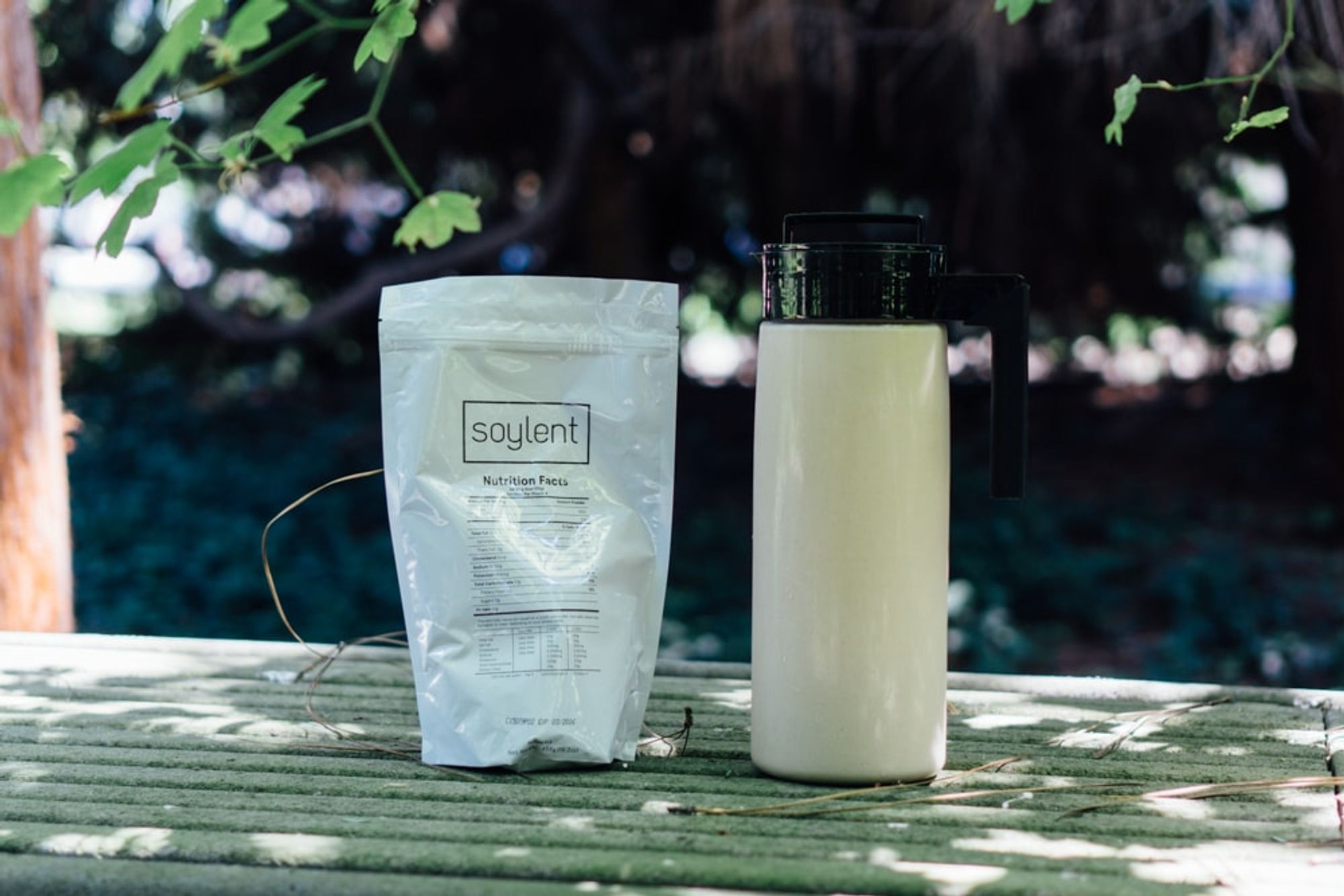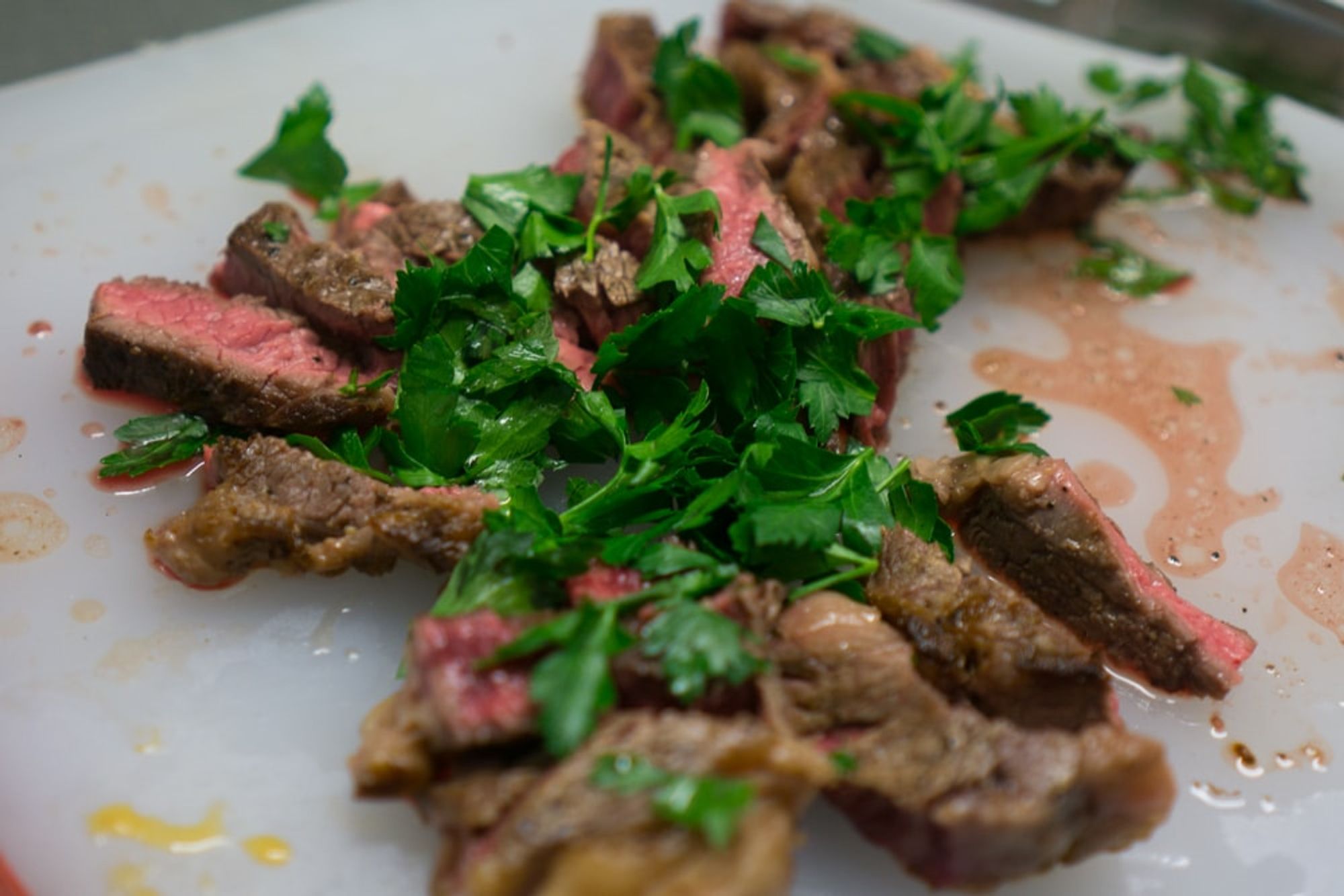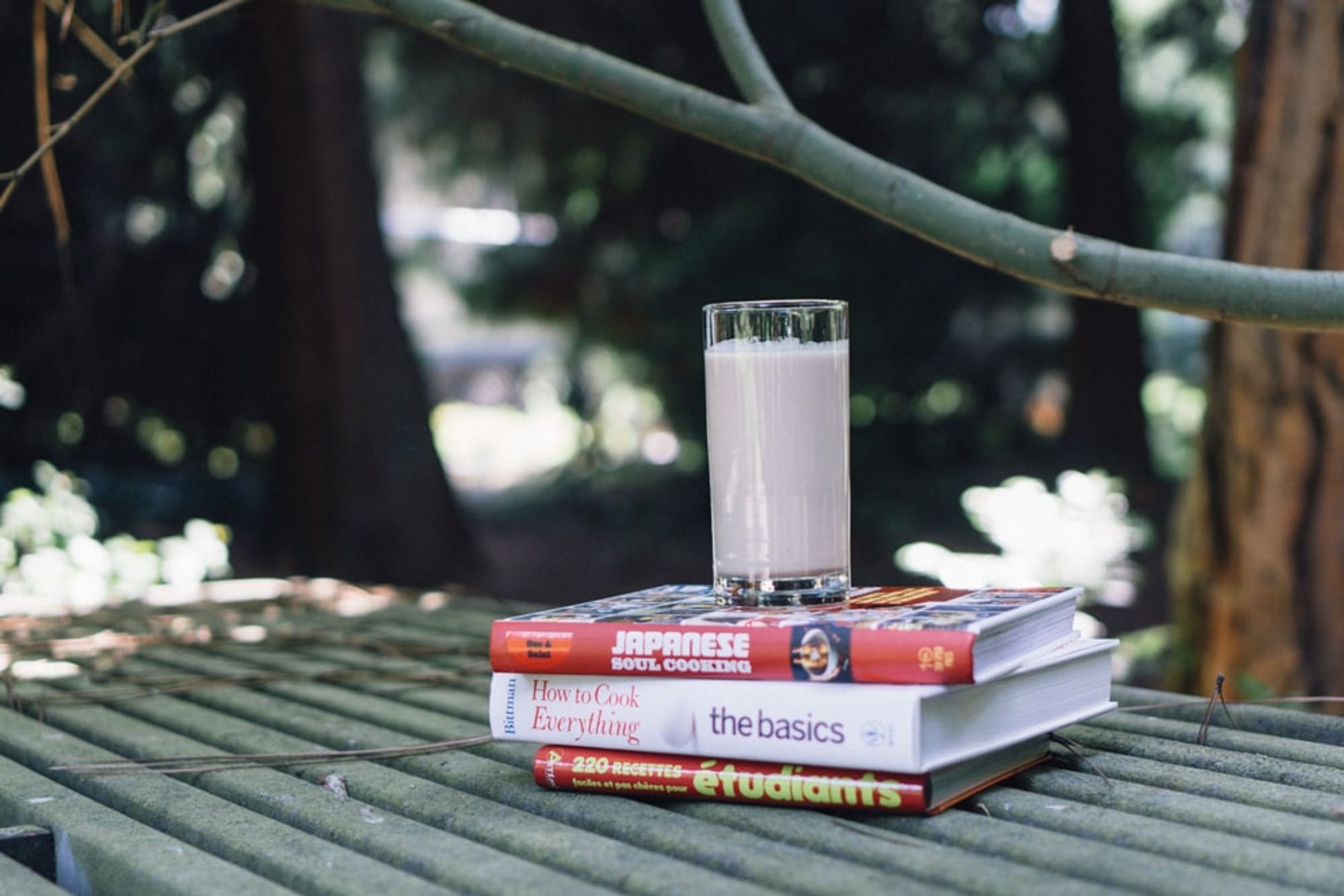One afternoon in February 2013, Rob Rhinehart published a blog post about how he stopped eating food. Unbeknownst to him, he started a revolution and his life, along with many others, would never be the same again:
“I hypothesized that the body doesn’t need food itself, merely the chemicals and elements it contains. So, I resolved to embark on an experiment. What if I consumed only the raw ingredients the body uses for energy?”
His blog exploded in popularity. As it turned out, many people were intrigued by the idea of not eating food. Almost as many wanted to try it out. So Rhinehart came up with the first prototype of what he called “Soylent” and enlisted many enthusiasts in his the trials.
Although many have aspired to create a meal-replacement drink for decades, none have been this well-executed and well-thought-out. To take Soylent to its next step, Rhinehart started a crowdfunding campaign. In the end, Soylent raked in over one million dollars, exponentially exceeding its target goal of 100 thousand.
As a species, we have done a great job — we colonized the earth and we eternally established ourselves on the very top of the food chain. However, as the most intelligent inhabitants of this planet, we have failed miserably. We have trashed the Earth and our way of life is not only unsustainable, it is grossly wasteful. Meat is especially inefficient — one kilogram of beef requires 30 kilograms of grain to make, not to mention the unspeakable atrocities we have to subject our animals to just to feed ourselves. According to projections, we will need to double our food production to feed ourselves in 40 years. Doubling our production would mean much more crulty and waste.
In Interstellar, when asked about the survival of the human species, Cooper (Matthew McConaughey) says, “We’ll find a way, we always have.” Soylent is incredibly efficient, humane, and easy to store and transport. Maybe this is it. Maybe Soylent is going to solve our food crisis.

I have always been fascinated by technology and how it will impact our future. When I heard about Soylent, I knew I had to try it out.
Soylent is a living product, it is constantly being updated and even comes with a changelog. Currently, it is at version 1.4, which is the version I tried.
Making Soylent is easy, especially if you want to make one bag at a time, which is what I did. All I had to do was dump the whole bag into a pitcher, fill it water, and shake for a minute. Others blend it to achieve perfect consistency, but I find that leaving it overnight in the fridge works just as well. A bag is good for 3–4 meals.
The first glass is always the hardest. It was very strange to replace a whole meal with just a glass of light brown liquid which tasted foreign. Others have compared the taste to pancake batter, to me, it tasted like a nuttier version of almond milk. The consensus is that Soylent gets much better after the first glass, so I suggest you ease your way in by mixing in some vanilla extract, which makes Soylent quite delicious.
I drink Soylent 2–3 times a day, usually replacing my breakfast and lunch. Unlike real food, Soylent fills me up instantly. I assume this is related to its aqueous nature. The greatest strength of Soylent however, is that it saves large amounts of time. I can finish a whole meal within 3 minutes and I can multitask while doing so. I cannot stress the importance of this. There are days when I spend hours in the computer lab. Instead of having to waste upwards of 30 minutes on food, I can just drink, focus on my work, and never have to leave the room.
The other benefit is that every meal has just the right amount of nutrition and energy. Living on campus food has been disastrous in this regard. I can either get overpriced salad and know they I’ll be hungry by 4 PM, or get some processed protein submerged in gravy that ensures that I’m tired and sleepy for the rest of the day. As you can see, the meals are woefully unbalanced and I’m facing undesirable consequences either way. With Soylent however, my energy level is just right. I’m never hungry or full, but rather, I’m in this in-between state that is perfect for getting things done.

Of course, there are some drawbacks to Soylent. The first that everyone always mentions is that food is not just sustenance, it is also a social activity. That is true, but the reality is, a lot of the time people eat their meals alone, in which case, Soylent would be great. I don’t completely dismiss real food. Cooking is an art form and there many experiences exclusive to dining. This is where I think Soylent marketing has it wrong — they should promote replacing quick and solitary meals with Soylent, not promote going full-time Soylent.
There are some small annoyances with consuming a mostly liquid diet. Some people have experienced some problems with their jaw because they don’t chew enough, but this has not been an issue with myself or others I’ve talked to. Also, drinking Soylent psychologically decreases the urge to drink water, which can become problematic in the summer. I have definitely experienced dehydration. The last annoyance I can come up with is that Soylent contains a lot of grains, which makes me quite gassy. I fart more than usual.

As a whole, Soylent is not bad at all. After drinking it for several weeks, I found myself craving it over a regular meal. Living near campus, I’m surrounded by unhealthy factory-prepared food that don’t even taste good. With that in mind, going Soylent is a no-brainer decision. It’s signficantly healthier and I never feel bloated.
Ultimately, no one really knows whether a drink will replace food for future generations. But as long as insects are the alternative, I’ll be perfectly happy with Soylent.